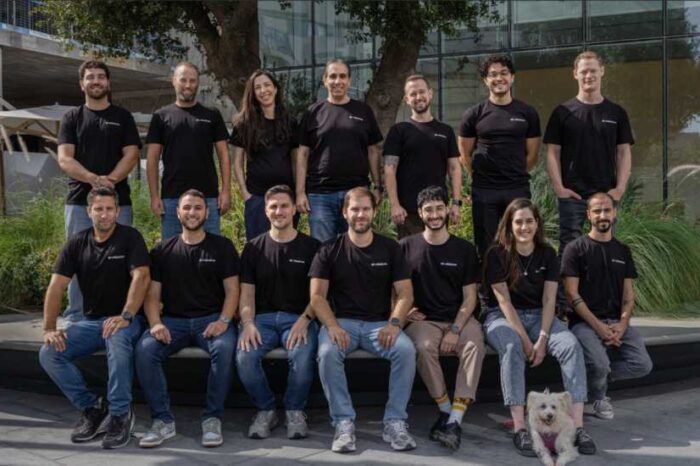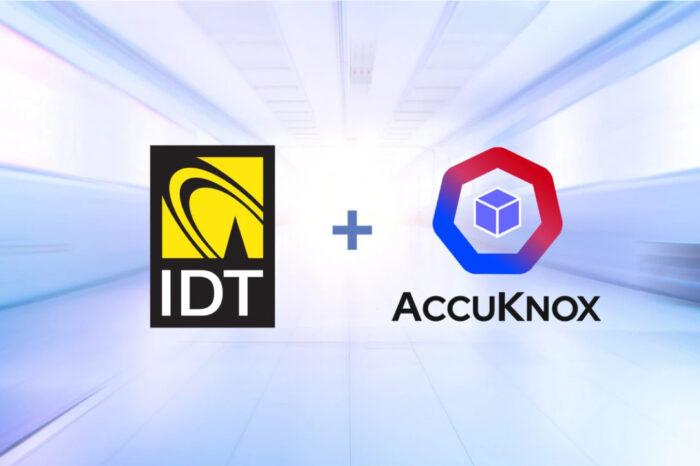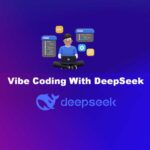Did DeepSeek’s V3 update just kill vibe coding tools like Cursor, Loveable, and Windsurf?
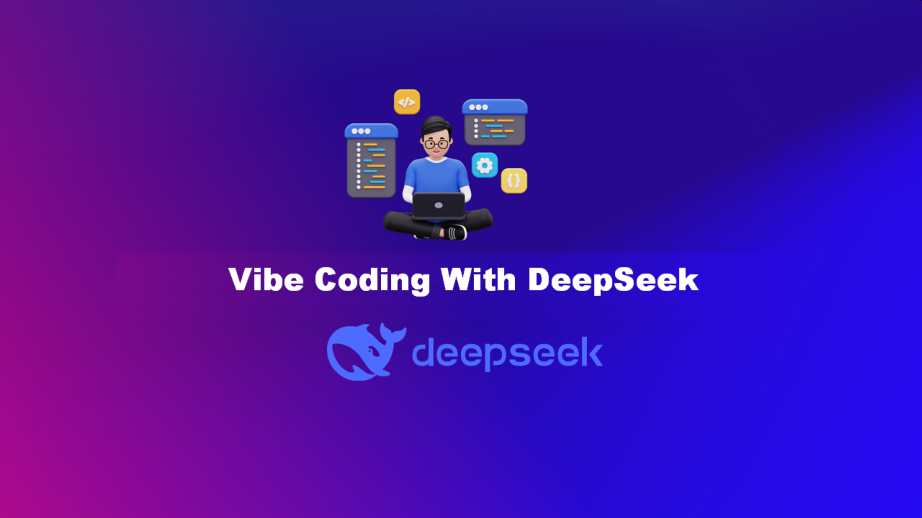
Just yesterday, DeepSeek quietly pushed out a soft launch of its latest model, DeepSeek-V3-0324—a hefty 700GB open-source release that’s quickly turning heads. Based on early tests, V3 not only outpaces OpenAI’s GPT-4o and Sonnet 3.5 in coding and math but holds its own against Claude 3.5 and 3.7. On a Mac Studio, it clocks 20 tokens per second. Not bad for something you can run locally.
No announcement. No hype. Just a drop on Hugging Face. But it didn’t stay quiet for long—within hours, users started putting it through its paces. One standout feature? The ability to generate fully functional, interactive websites from a simple prompt.
DeepSeek’s Silent Power Play
Since January, DeepSeek has been slowly shaking up the AI scene after beating out Meta, OpenAI, and others in key benchmarks. With this new V3 update, the company is going after AI-assisted coding—an area that’s been the playground of tools like Cursor, Loveable, and Windsurf.
And it’s not just talk. One user on X, @el.cine from Paris, prompted DeepSeek with:
“You are a Website Developer. Code a modern small digital marketing Landing page.”
The result? A polished, working site—built without touching a line of code. Just prompts.
thisis nightmare for OpenAI
China just dropped DeepSeek V3-0324, it’s only 700GB and 100% open source AI model
– outperform Sonnet 3.5
– compete with Claude 3.7 in coding & math
– runs 20 tokens/s on Mac Studioit can generate interactive website (code in comment) 👇 pic.twitter.com/6BXocgpWDW
— el.cine (@EHuanglu) March 25, 2025
We ran the same test. DeepSeek generated the full source code in under five minutes. HTML, CSS, JavaScript—clean and production-ready. We deployed it with zero tweaks, and it looked like something you’d pay a dev a few hundred bucks to spin up. We gave DeepSeek the same prompt—this is what it built. Feel free to try it yourself on DeepSeek.
From Prompt to Working Website—No Code Needed
It’s one thing to see code; it’s another to watch a tool interpret high-level instructions and turn them into something usable—fast. That’s exactly what DeepSeek-V3 is doing. The experience felt less like programming and more like giving instructions to someone who already gets what you’re trying to build.
This is what’s getting developers excited. Posts on X are filled with screenshots and praise: fast generation, clean UI, surprisingly good code. And it’s free. That combination is putting pressure on premium platforms that charge for less.
Vibe Coding Is Here—and DeepSeek Owns It
The term vibe coding might not be in the textbooks yet, but it’s catching on. It’s the idea that you can sketch out a concept in natural language, and the AI handles the details. No syntax errors. No boilerplate. Just working code from high-level intent.
DeepSeek’s models, especially V3 and R1, are built for this kind of interaction. They don’t just spit out code—they interpret intent. Whether it’s a marketing site or a basic app, DeepSeek responds like it knows what you meant. It’s conversational and accurate in a way that feels natural.
But what really separates DeepSeek from the rest is the price. While OpenAI charges up to $200/month for access to its top-tier models, DeepSeek offers comparable output for free—or at minimal cost if you’re running it locally. Training costs? Just $5.6 million. Compare that to the hundreds of millions of competitors spend, and you start to see why this matters.
Trouble For OpenAI and Friends?
This isn’t just about making cool websites. DeepSeek’s rise threatens the biggest players in the space. Companies like OpenAI, Google, and Anthropic have built their moat around premium models and expensive infrastructure. DeepSeek is breaking that pattern with cheaper, faster, and open-source alternatives.
The architecture matters here. DeepSeek’s use of mixture-of-experts and multi-token prediction gives it speed and efficiency without massive hardware requirements. On top of that, it can generate full artifacts—webpages, UIs, working components—in real time.
Benchmarks back it up. R1 has outperformed OpenAI’s o1 on tests like MATH-500 and SWE-bench. And let’s not forget January’s market reaction: when DeepSeek’s app hit No. 1 on the App Store and investors feared a shakeup in compute demand, Nvidia’s stock lost $600 billion in value in one day.
OpenAI has accused DeepSeek of model distillation, but the bigger story is the reaction from users—and how fast they’re jumping in.
Cursor, Loveable, Windsurf—Who’s At Risk?
Cursor, Bolt, Loveable, Windsurf—all of them face real pressure now. These platforms gained traction by making coding easier with AI agents and slick interfaces. But DeepSeek delivers much of the same value without the fees.
Cursor, for instance, charges $20/month for access to premium features like its Composer and agent tools, backed by Claude and OpenAI APIs. But users are now adding DeepSeek to Cursor through browser extensions like Cline—skipping the subscription cost entirely. The model’s power is becoming the product.
Bolt and Loveable are also feeling the pinch. They shine in rapid prototyping and quick frontends, but DeepSeek does the same in two prompts. As one post on X put it:
“Bolt’s $105M raise feels shaky when DeepSeek can build the same app for free in two prompts.”
Even Windsurf, known for its polished Cascade agent, isn’t immune. DeepSeek-R1 is already being integrated into it through Codeium. That says a lot: if the raw model is strong enough, what’s the value of the platform around it?
Windsurf’s $10/month subscription starts looking steep next to DeepSeek’s open ecosystem, especially when you can run these models locally through tools like Ollama or VS Code integrations. DeepSeek isn’t just competing—it’s displacing.
This Isn’t Just a Moment—It’s Momentum
If DeepSeek’s community keeps growing and developers keep building wrappers, plugins, and tutorials around it, the gap will widen fast. Cursor, Bolt, and others will have to lean hard into superior user experience or pivot to enterprise customers. Otherwise, they risk being replaced by the very thing they helped popularize.
Where DeepSeek Goes From Here
The latest V3-0324 release is just the beginning. Developers are already pushing it to its limits, from creating full-stack apps to generating internal tools in record time. For startups and indie devs, this could mean lower costs and faster shipping. For enterprises, it might mean rethinking their reliance on closed platforms.
And for the incumbents? The pressure’s real. They’ll either need to innovate quickly or risk watching their lead slip away.
As one user summed it up on X:
“DeepSeek has released something anyone hardly expected: a reasoning model on par with OpenAI’s o1… It feels like things are about to speed up in the AI world.”
Two Prompts, One Wake-up Call
What started as a simple prompt test turned into something more—a look at what AI development could soon look like. DeepSeek isn’t trying to catch up. It’s flipping the script. And if you’re building software—or the tools that help others build it—you’ll want to keep a close eye on what happens next.
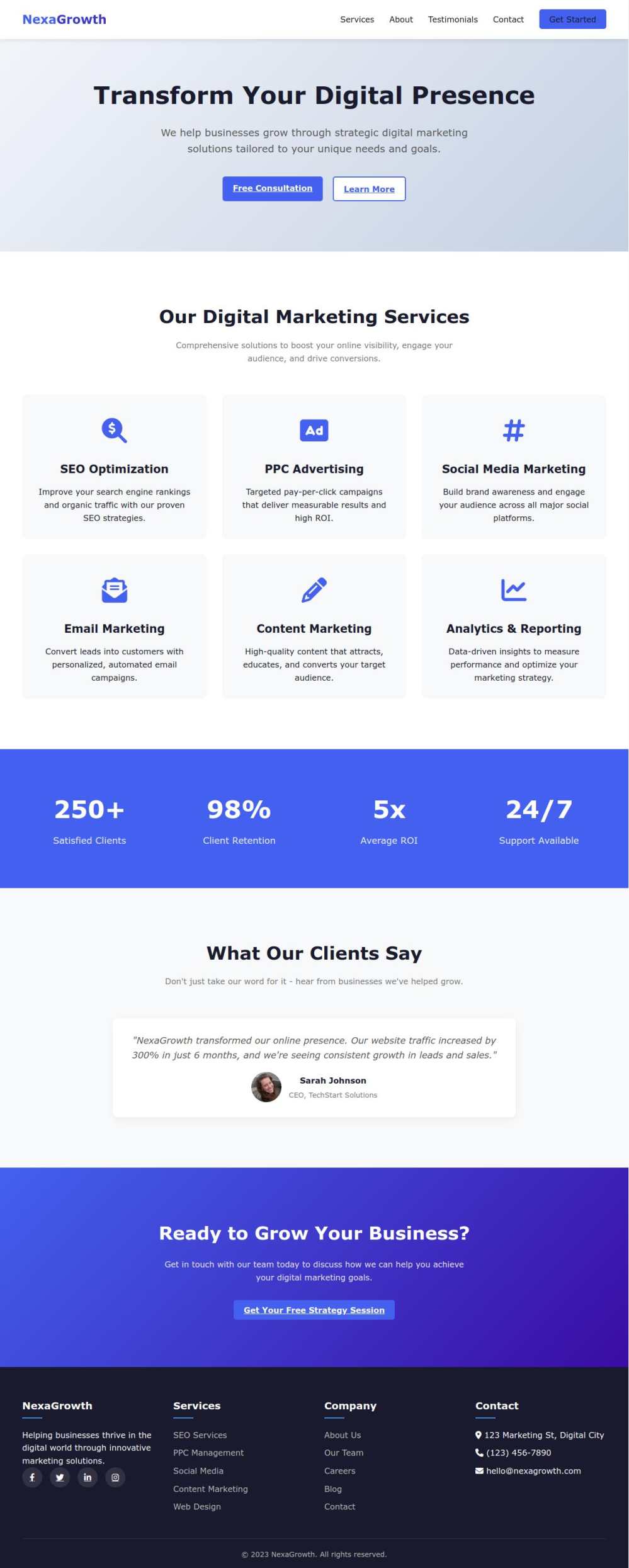
Webpage generated with just two DeepSeek prompts—no manual coding.


